Why Do Hummingbirds Fly Backward?
Over ninety-nine percent of all bird species are unable to fly backward. But that is not the case with cute little hummingbirds. Almost all species of hummingbirds can fly backward. But why exactly do they do that? Why do they fly backward?
Mainly hummingbirds fly backward to position themselves for feeding nectar. Other reasons include evading predators, impressing their partner, and quick stopping.
Let us discuss all these reasons in detail which compel hummingbirds to fly backward!

Reasons: Why do hummingbirds fly backward?
1. Perfect position for feeding
Hummingbirds gain the most significant advantage from flying in a backward direction because it enables them to hover in one location. In order to eat nectar from flowers, hummingbirds need to remain stable in the air for long periods of time. So, backward flying assists in that. Backward flying is essential because hummingbirds consume a large amount of food daily. They consume up to half of their weight in nectar and insects. Hummingbirds can consume the food they require without using unnecessary energy. It is because they have the ability to hover in one spot as they feed from the bird feeder.
2. Evading predators
Another important reason hummingbirds fly backward is the way to escape from predators. These are very tiny birds and are usually a bird of prey for large raptors and other animals. So, to escape the predator threat, they adopt to fly backward.
3. To impress their partner
Hummingbirds also fly backward while dancing during courtship with their partner. To impress their partners, hummingbirds perform different types of moves, and backward flying is the most common.
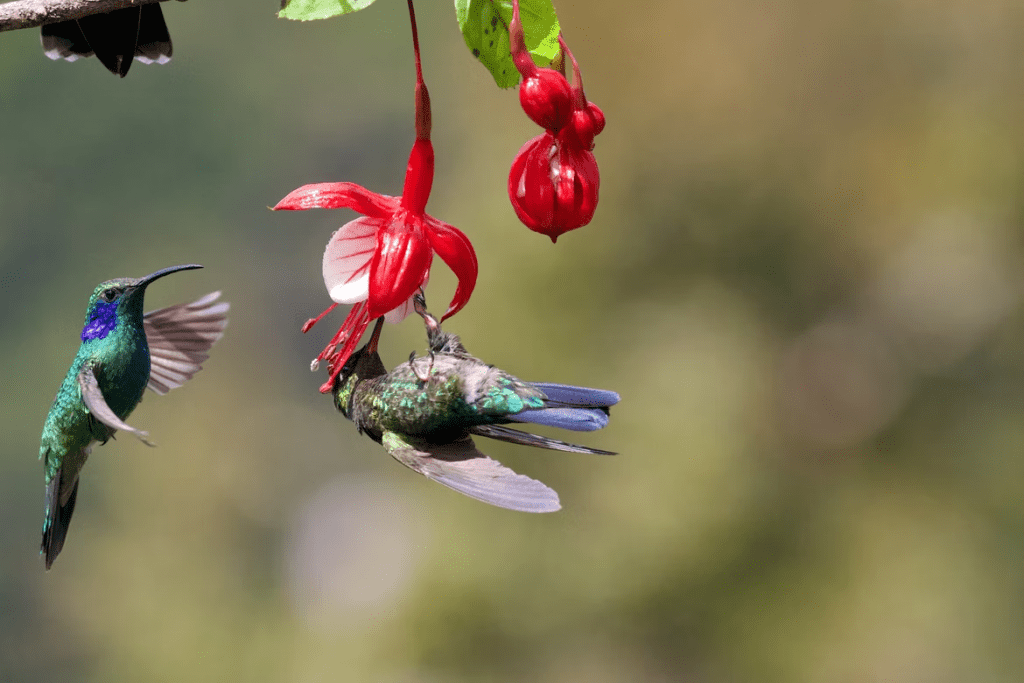
4. Immediate stop
Hummingbirds are able to come to a complete and quick stop when they fly backward. It is another advantage of their flight pattern. If you have ever watched a hummingbird in flight, you are aware that they are constantly darting in different directions. Because of the rapidity with which they change course, it can be challenging to tell their flying direction exactly. However, they also need to be able to come to a stop swiftly when the situation calls for it. They might have to stop and stay in place if they are in the course of another bird. Additionally, they might need to halt suddenly to prevent themselves from colliding.
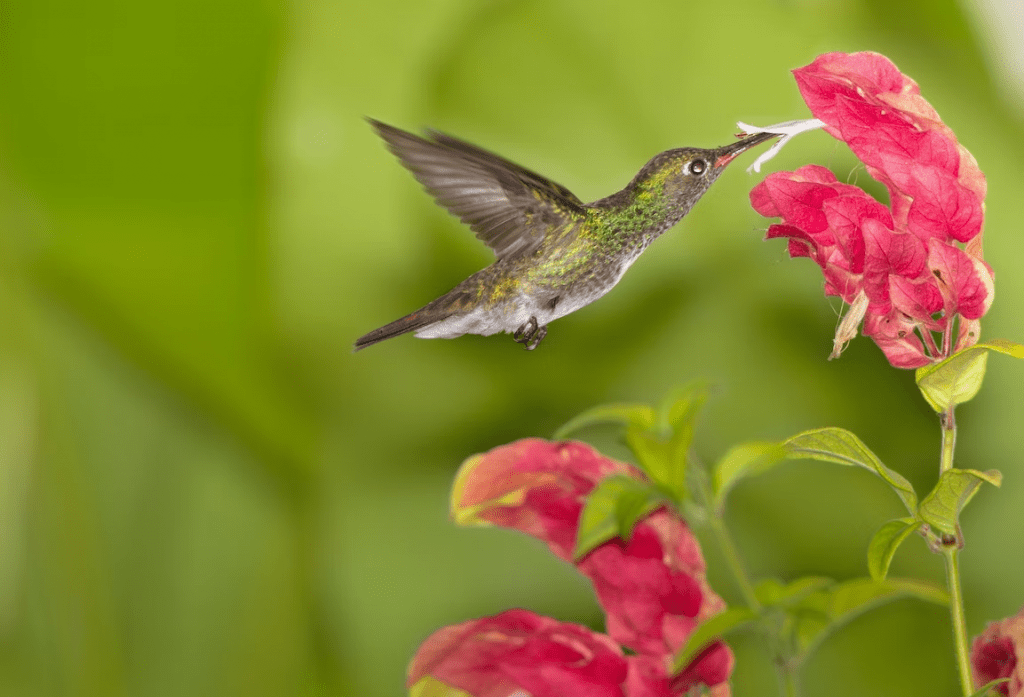
How are they able to fly backward?
Hummingbirds possess a high level of flying control compared to other birds. Their control is due to their exceptional wing structure and muscles, which sets them apart from other bird species. Hummingbirds, like helicopters, can fly in any direction, including forwards, backward, obliquely, left to right, and right to left. They can even hover. The wings of hummingbirds move in a figure-eight pattern. It allows the bird to maintain just 25-30 percent of its body weight during the upstroke and 70-75 percent during the downstroke of its flight.
The vast majority of avian species fly using downstrokes or upstrokes. Other birds also create lifts as well as power with each stroke. Hummingbirds, on the other hand, spin their wings by stroking them back and forth and rotating pectoral girdles around 128 degrees. They are able to create lifts for both forward and backward strokes by drawing a horizontal figure-eight pattern with the front edge of their wings during each beat of their wings. A slight rotation alters the wing’s angle, which modifies the flight patterns.
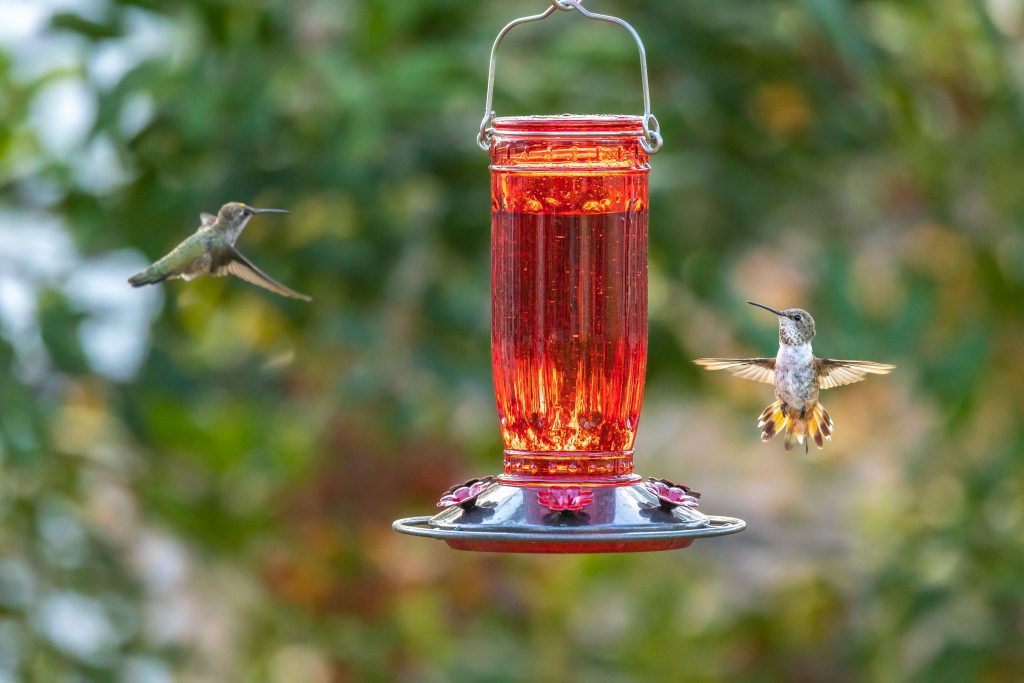
@Crystal Calla
Some interesting information about hummingbird flight
- Hummingbirds spend most of their time relaxing on trees, bird feeders, and bushes. It is because flapping their wings rapidly requires a significant amount of energy. So, they need more rest after flying.
- When hovering, the wings of a hummingbird can beat anywhere from 700 to 5500 times/minute, depending on the species. This range is because hummingbirds come in a wide variety of colors and patterns.
- There are some species of hummingbirds that are capable of flying at speeds of more than 30-33 mph.
Conclusion
There are hundreds of hummingbird species. All of these species share a passion for the nectar of flowers. So, to suck nectar most efficiently, they mostly fly in all directions, including sideways and backward directions. This backward direction flying also helps them evade predators or perform a ritual dance during mating.
Guess that you may be interested in Why hummingbirds have long beaks, we prepare the answer for you!
Subscribe for more info>>
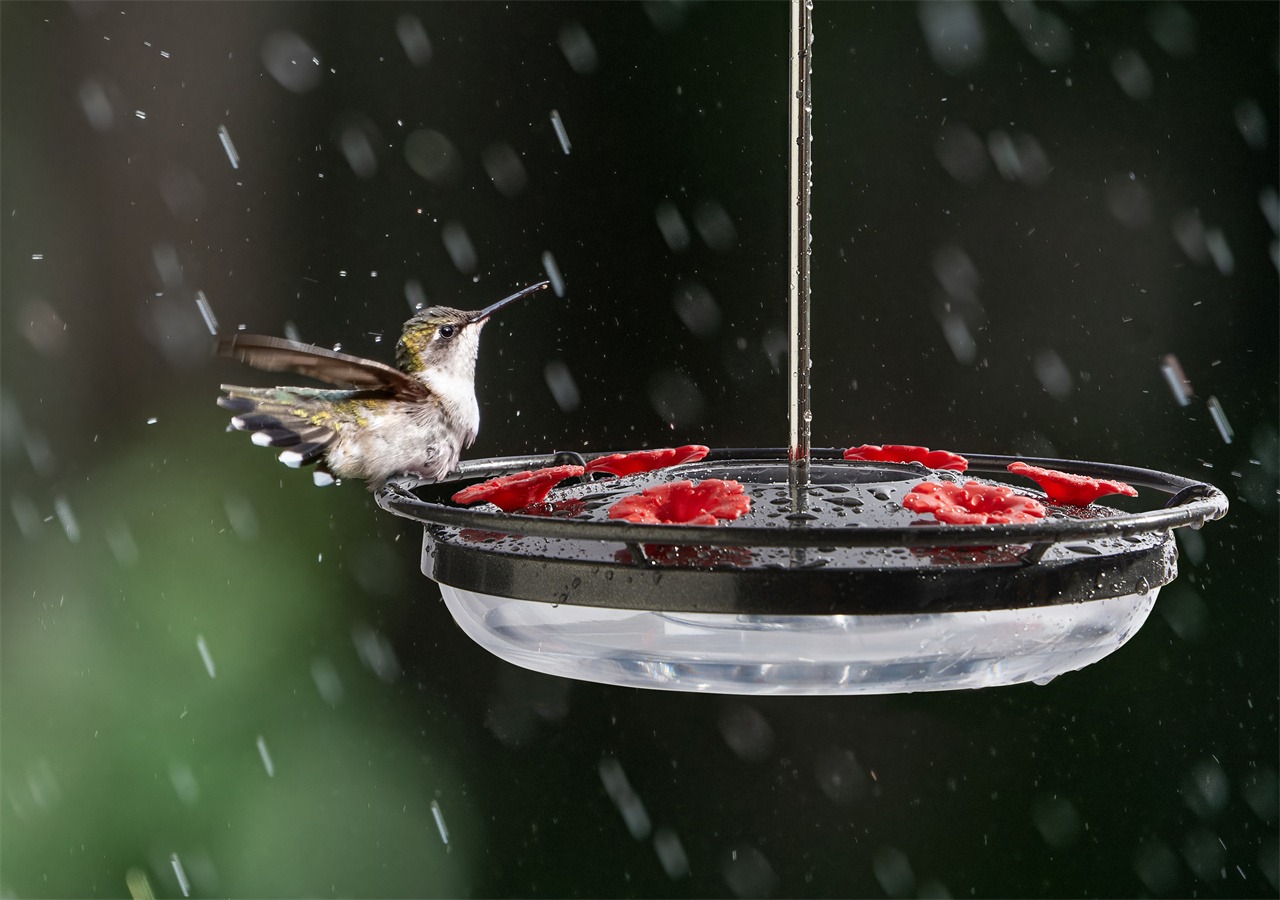
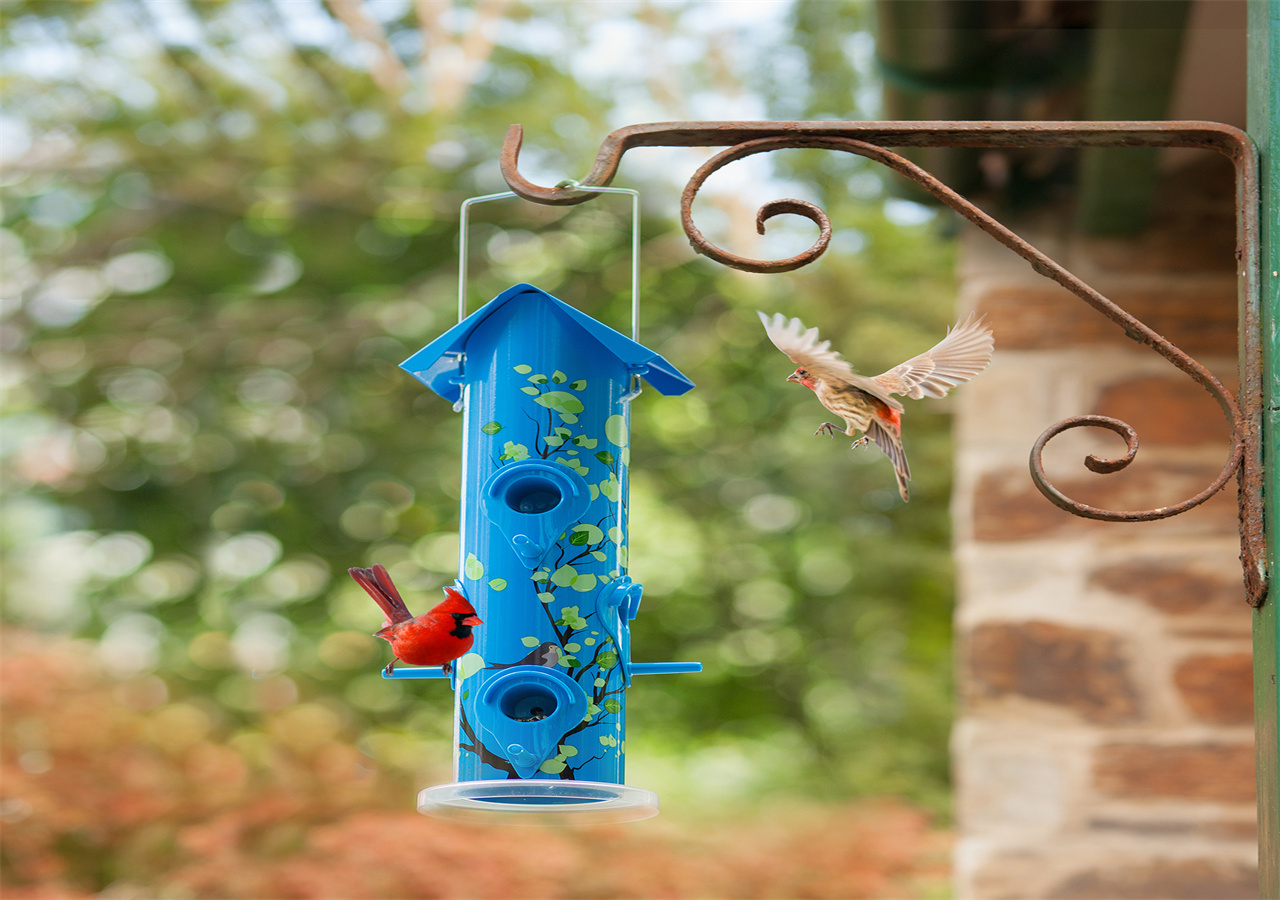
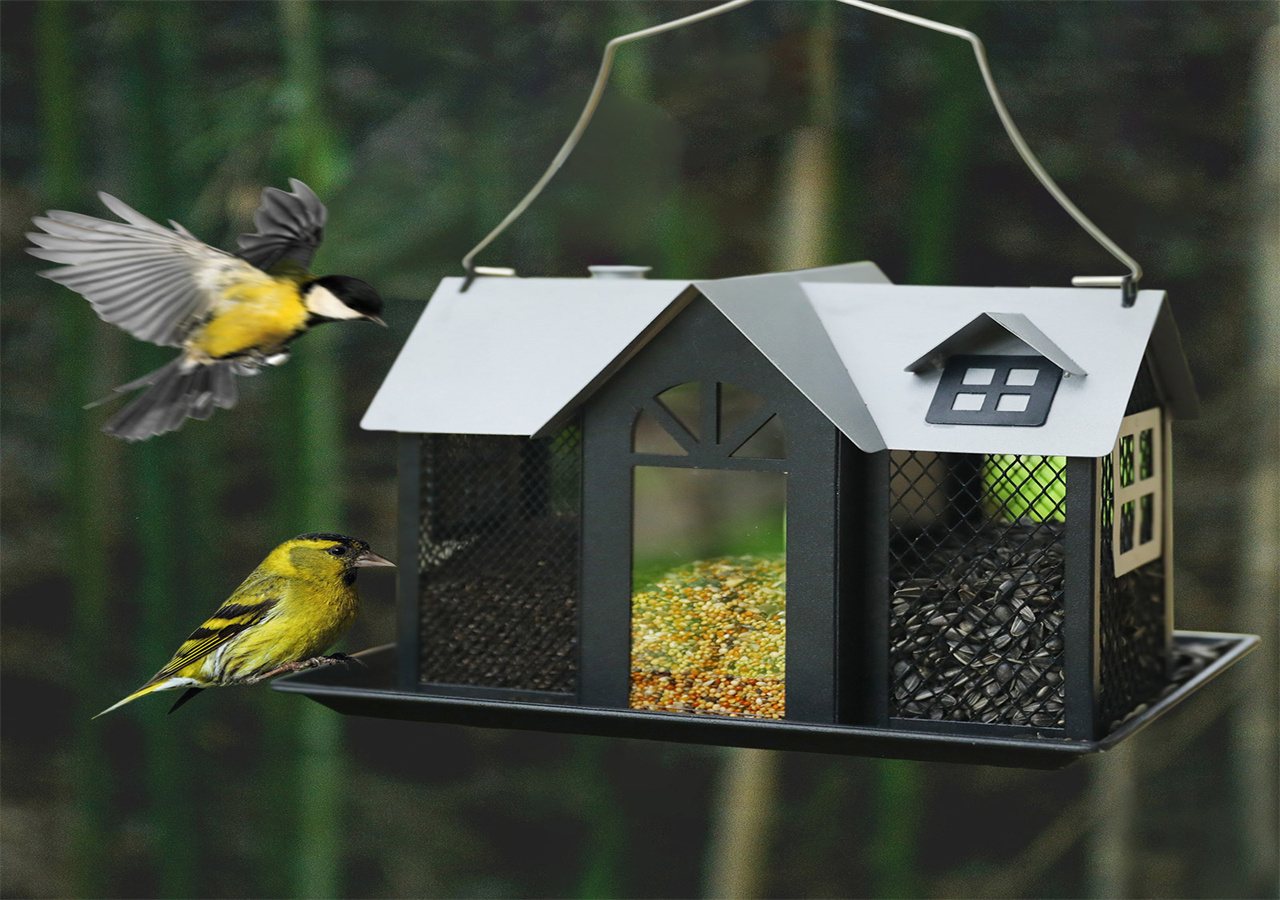

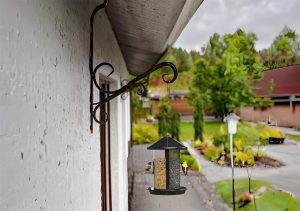
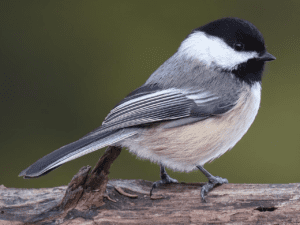

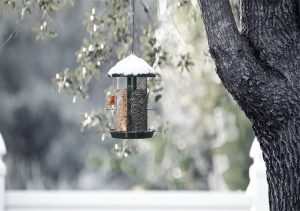
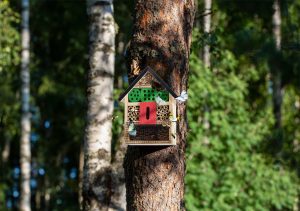

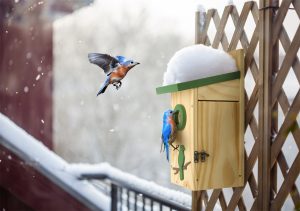
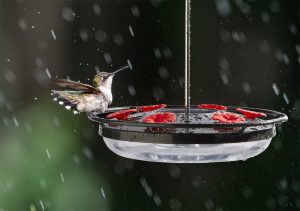
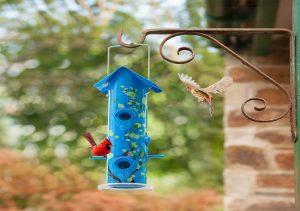
Post Comment